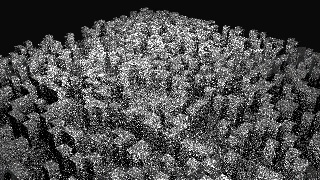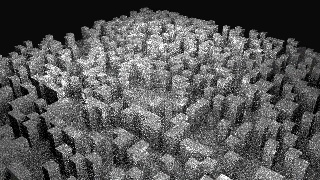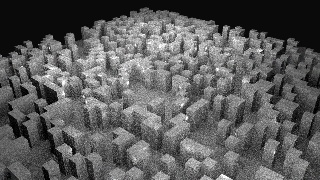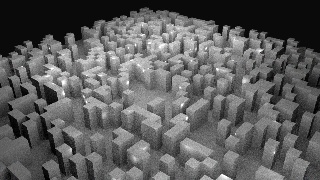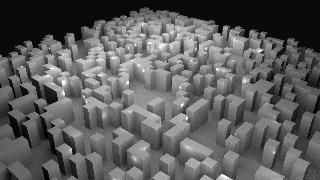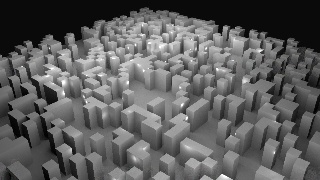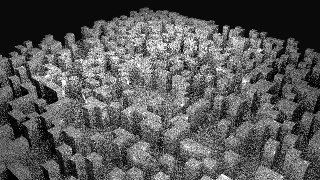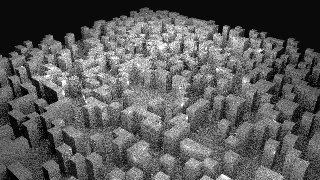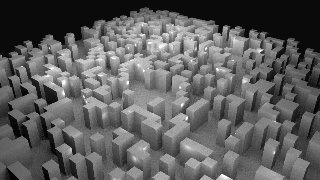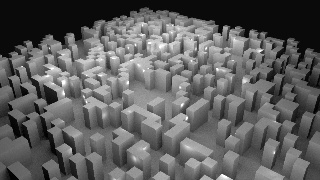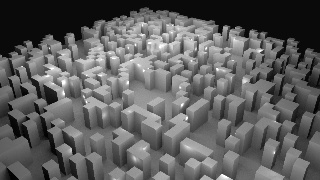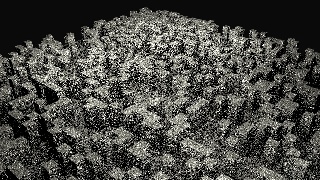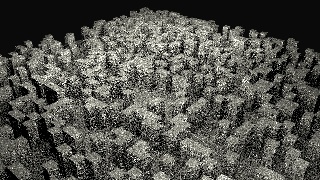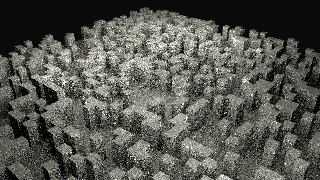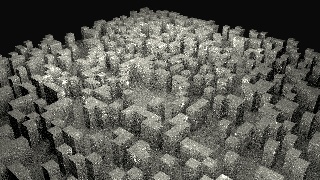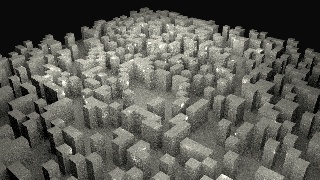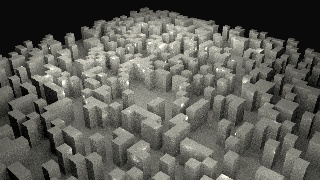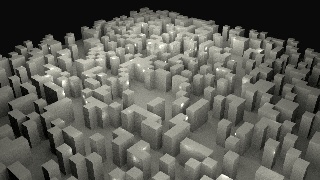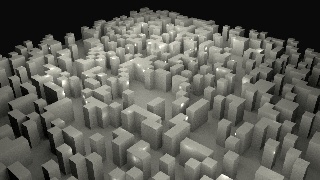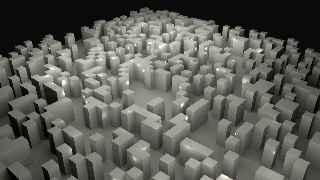...
Notes About Sampling Parameters
For Arnold — For light samples, Arnold use the uses effective sample counts that are proportional proportional – within a constant – to the square of the UI user specified value. As we will see, this makes perfect sense is since the variance follows this same rule in the inverse of same rule in the case of Arnold. This makes the light samples slider linear in term of perceived noise (which is good UI practice). In the Arnold tables below, we will specify the effective samplers per pixel along with the user samples.
RenderMan – We had troubles extracting consistant quality from RenderMan. In Arnold and 3Delight
...
RenderMan
...
, light samples is the single "go to" parameter to control image quality when only direct lighting is needed. In RenderMan we had to match light sample count with BxDF sample count to extract an acceptable quality. Using light samples only (or BxDF samples only) produced slowly convergent renders. In RenderMan tables below, "N samples" means N samples for both light and BxDF. We did all the test with the "advanced (4)" light sampler — other samplers did not provide acceptable results for this test case. Noteworthy
3Delight – We have only one control for the general quality of the render. In the case of direct lighting, 3Delight "understands" that all samples are best used for light sampling and that's what it does. As tests will show, those samples have a linear impact on perceived noise levels.
Results
Arnold
| Samples | 2 (1.23) | 4 (4.91) | 8 (19.64) | 16 (78.56) | 32 (314.29) | 64 (1257.18) |
|---|---|---|---|---|---|---|
| Image | ||||||
| Time | 1s | 2s | 6s | 21s | 1:21 | 8:12 |
| Shadow Rays | 0.678 M | 3.26 M | 10.8 M | 43.4 M | 173.6 M | 694.5 M |
| RMSE | 0.15699 | 0.100115 | 0.0501787 | 0.0242515 | 0.0117413 | 0.00693426 |
3Delight
| Samples | 2 | 4 | 8 | 16 | 32 | 64 | 128 | 256 |
|---|---|---|---|---|---|---|---|---|
| Image | ||||||||
| Time | 5.72s | 8s | 12.82 s | 22.18 s | 40.92 s | 86.91 | 165.69 s | 302.98 |
| Shadow Rays | 2.45 M | 3.13 M | 4.51 M | 7.27 M | 12.78 M | 23.8 M | 45.88 M | 90.1 M |
| RMSE | 0.0933142 | 0.0658266 | 0.0441248 | 0.0290439 | 0.0185575 | 0.0117566 | 0.00752546 | 0.00449892 |
RenderMan
| Samples | 1 | 2 | 4 | 8 | 32 | 64 | 256 | 512 | 1024 |
|---|---|---|---|---|---|---|---|---|---|
| Image | |||||||||
| Time | 6.74s | 7.23s | 7.99s | 9.42s | 18.51s | 29.40 | 1:38.08 | 3:15.77 | 6:23.39 |
| Rays | 1.47 M | 2.94 M | 5.88 M | 11.7 M | 47.02 M | 94.14 M | 376.3 M | 751.3 M | 1499 M |
| RMSE | 0.151125 | 0.121487 | 0.0953649 | 0.0728148 | 0.0373876 | 0.0265388 | 0.0138148 | 0.00854045 | 0.00396 |
...
|
...
Conclusions
...
- 3Delight generates light samples that are algorithmically better better than both Arnold and RenderMan. In short, for N samples:
- 3Delight Varince ~ 1/N
- Arnold Variance ~ 1/sqrt(N)
- RenderMan Variance ~ 1/sqrt(N)
- 3Delight is slower to generate these samples. Meaning that for draft renders Arnold/PrMan will seem are faster. For final renders 3Delight becomes increasingly faster.
- Both Arnold and RenderMan produce biased images at low sample counts.
- Using so much less samples also makes 3Delight faster when shading is more expensive
- RenderMan seems to have difficulties in sampling.
- Arnold has a solid albeit O(N^2) algorithm (vs O(N) in 3Delight) and compensates to a certain degree with very fast light sampler.
- More specifically: images are darker.
- Arnold, 3Delight and RenderMan rely on acceleration data structures to sample the geometric area lights. In Arnold and RenderMan, the algorithmic complexity to build those data structures is tied to the number of samples as well as the complexity of the light. In 3Delight, only to the complexity of the light matters (time to first pixel for 3Delight was 3 seconds no matter how many samples there are)When combining BRDFs, 3Delight is even less noisy.
